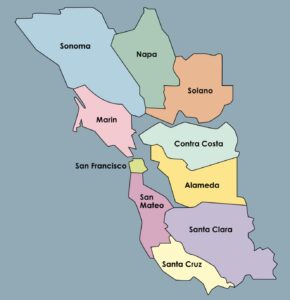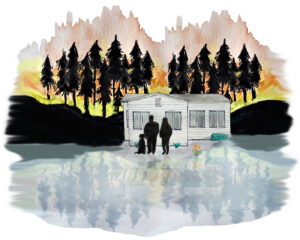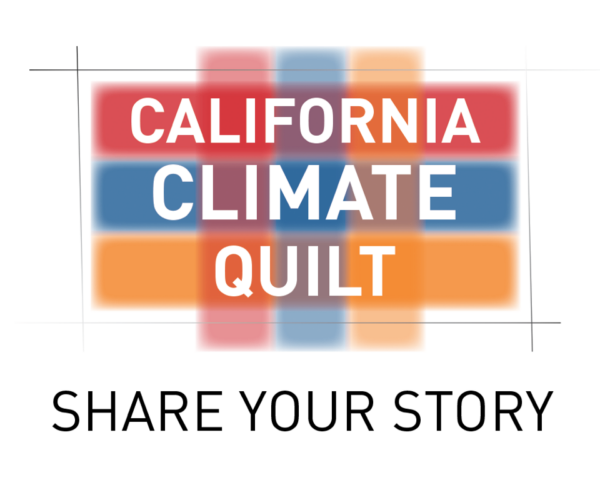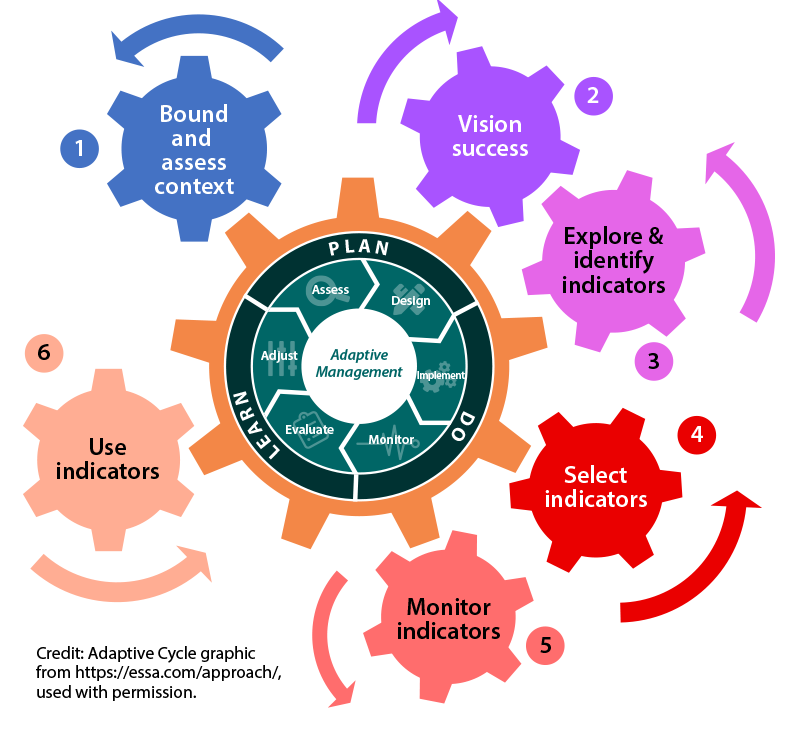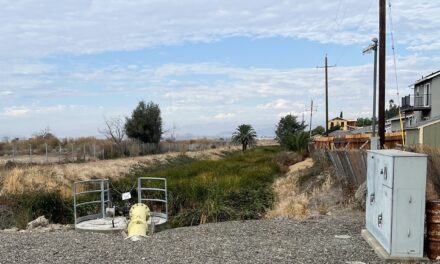National Toolkit Offers Steps & Metrics
Though averting the worst impacts of climate change and building local capacity for disaster response require immediate action, the best path forward is not always clear. As a scientist who has crossed over to policy analysis and development, I know that the process can be a slog. But when I reviewed the new Resilience Metrics toolkit, a vision of coherent, stakeholder-driven, place-based planning snapped into focus.
Dr. Susanne Moser and a team of colleagues created this toolkit by distilling lessons from ten years of previous projects, many in California. Moser is a veteran climate change and social science consultant with worldwide experience. The team asked themselves the deceptively difficult question, “What constitutes adaptation success?” Once this keystone is identified, everything else starts to fall into place.
Their product, the Resilience Metrics website, is like a food-for-thought buffet for project planners. This toolkit offers a set of questions designed to get a project on track and to help participants measure performance; it also offers facilitation aids, case studies, and links to videos, books, and research articles organized by topic.
Defining Success
Local planning processes may define “success” as being prepared to protect property and well-being in extreme events, or by developing a built environment that requires fewer resources to defend. Nature-based solutions that slow climate change impacts, such as marsh-building and prescribed fire, are possible “successes” as well.
Success might be measured by the avoidance of calamity, by the speed of recovery, or by who receives recovery assistance. “There is not one answer,” Moser said at a recent forum. “One person’s success might not be another person’s success. Maybe what you really want is an engaging and inclusive process.” By measuring outcomes, project leaders can identify both the parts that are working well and those that aren’t.
Metrics
The toolkit guides users to choose metrics that fit a project and produce meaningful information. Step one is a transparent stakeholder and community engagement process that aligns peoples’ priorities at the outset, incorporates diverse concerns, and encourages people to work together to achieve the outcomes they want. After developing an extensive array of potential metrics, users select final metrics according to the capacity of the team to carry them out, the ways they might be used, and whether existing monitoring efforts might meet the same need.
Coyotes remain one of the most adaptable species in urban areas. Photo courtesy Santa Clara Valley Open Space Authority.
Iterative Process
Over the past few years, the increasing intensity and frequency of disruptive weather has become undeniable. The best models for temperature anomalies, snowmelt, permafrost thaw, and other parameters rely on historical data. Now that weather is diverging from historical precedent, scientists are losing the ability to predict what’s happening in real time. For this reason, adaptive management is essential in climate resilience projects.
To help with adaptive management, the Resilience Metrics toolkit outlines four helpful steps: 1) assess project scope, context, needs, risks, and opportunities; 2) plan the project by setting goals and determining primary and alternative ways to reach them; 3) implement the project through decision-making, obtaining support (financial, political, and public), and taking action; and 4) learn from actions and experiences through monitoring and evaluation. From there, project managers can adjust practices as needed.
Closing
The essential — and daunting — task of facing the challenges of climate change lies ahead. Like many of us, I’ve personally felt the stress this can produce. As a scientist, I have watched with alarm as datasets diverge from historical norms. As a Californian, I have experienced increasingly intense and frequent wildfires, floods, and heat waves. The sooner communities throughout California and across the country start climate resilience projects, the better prepared they will be.
“This toolkit was designed to help people identify and use metrics to navigate the adaptation process and to make adaptation itself better,” says Moser.
Other Recent Posts
Gleaning in the Giving Season
The practice of collecting food left behind in fields after the harvest is good for the environment and gives more people access to produce.
New Study Teases Out Seawall Impacts
New models suggest that sea walls and levees provide protection against flooding and rising seas with little effect on surrounding areas.
Oakland High Schoolers Sample Local Kayaking
The Oakland Goes Outdoors program gives low-income students a chance to kayak, hike, and camp.
Growing Better Tomatoes with Less Water
UC Santa Cruz researchers find the highly-desired ‘Early Girl’ variety yields more tomatoes under dry-farmed conditions.
Santa Clara Helps Homeless Out of Harm’s Way
A year after adopting a controversial camping ban, Valley Water is trying to move unsheltered people out of the cold and rain.
The Race Against Runoff
San Francisco redesigns drains, parks, permeable pavements and buildings to keep stormwater out of the Bay and build flood resilience.
Learning the Art of Burning to Prevent Wildfire
In Santa Rosa’s Pepperwood Preserve, volunteers are learning how controlled fires can clear out natural wildfire fuel before it can spark.
Martinez Residents Want More Than Apologies — They Want Protection
After a 2022 release of toxic dust and a February 2025 fire, people in the northeast Bay town are tired of waiting for safety improvements.
Weaving Fire Protection Out Of What’s Already There
A new Greenbelt Alliance report shows how existing vineyards, grasslands, and managed forests can slow wildfire and save vulnerable homes.
Fall Plantings Build Pollinator Habitats in Concord
Community groups, climate advocates and a church are coming together to plant pollinator gardens as monarchs, bees see population declines.

